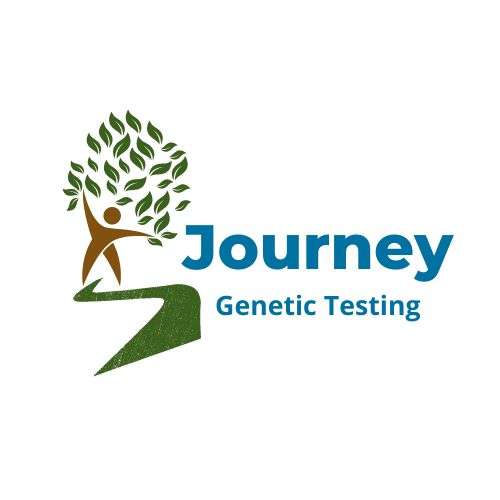Understanding Your Test Results
Your DNA Results will show the results of our AABB laboratory partner’s DNA findings that provide genetic evidence regarding the alleged family relationship you requested testing for. Each client will receive a guide explaining the meaning of the numbers (that is to say, the statistical certainty of the result) and other items that appear in your DNA test report. This guide will be sent at the same time, and in the same way, as your DNA results.
We always want to be certain all your questions are answered, to the best of our ability. If you have additional questions after you receive your results, and read the booklet that comes with them, please reach out to us by completing a Support Ticket.
You will need to include the Journey Genetic Testing case number on your report (Starts with the letter J in the upper right-hand corner of the report) and the email address provided at the time of your order. You may complete the Support Ticket by clicking on CUSTOMER SUPPORT.
We thank you for allowing us to help you on your journey to truth through DNA testing.

